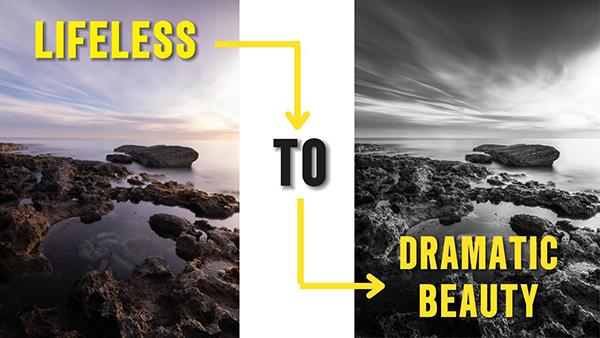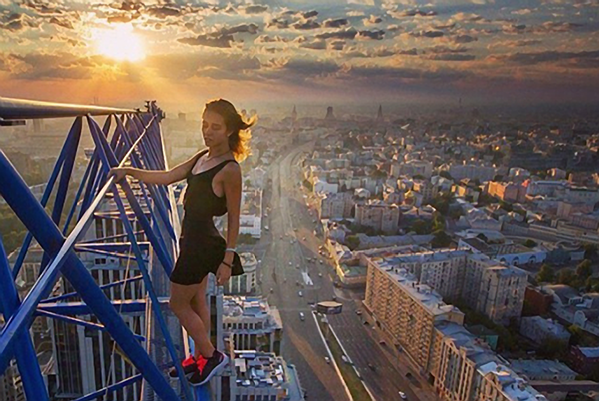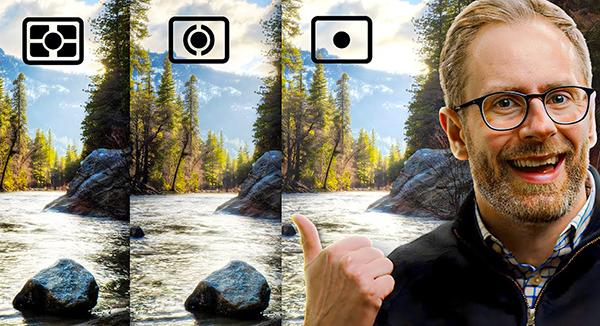Outdoor Photography How To
Sort By: Post DateTitle Publish Date
|
Jan 07, 2025
|
Aug 29, 2016
|
Jul 01, 2003
|
Jul 23, 2024
















